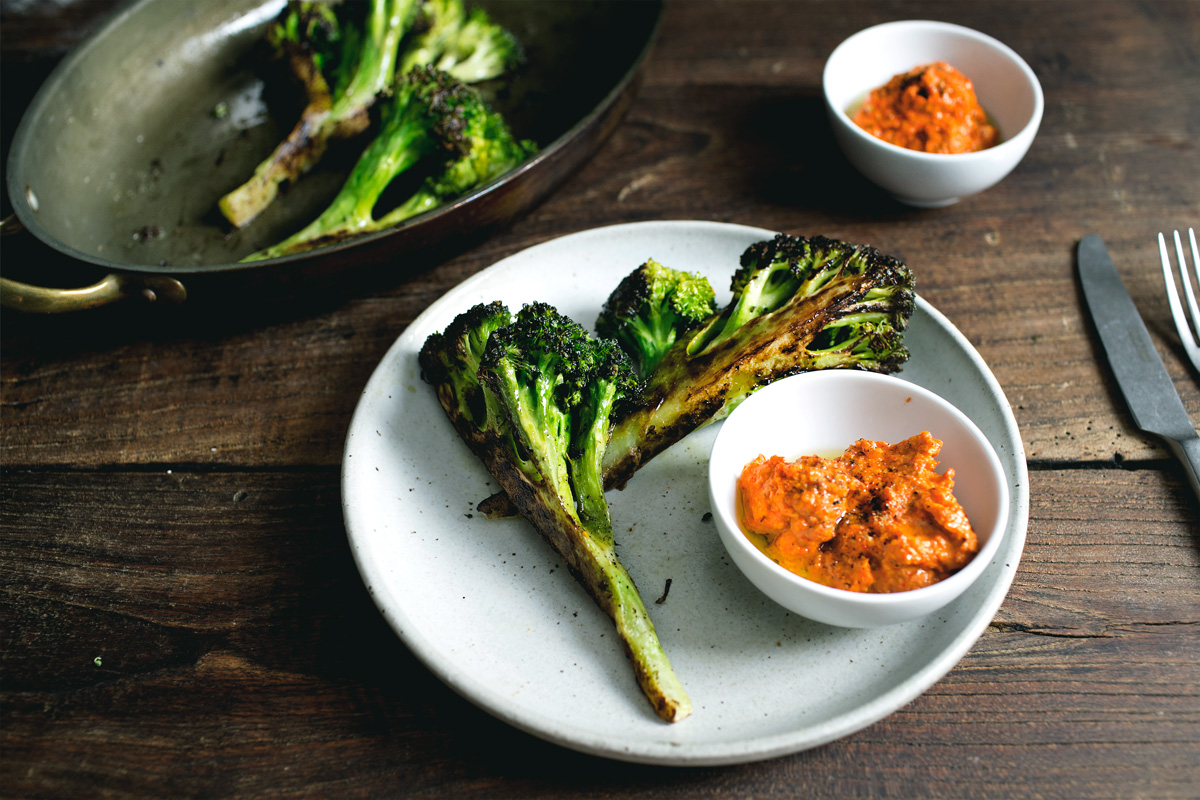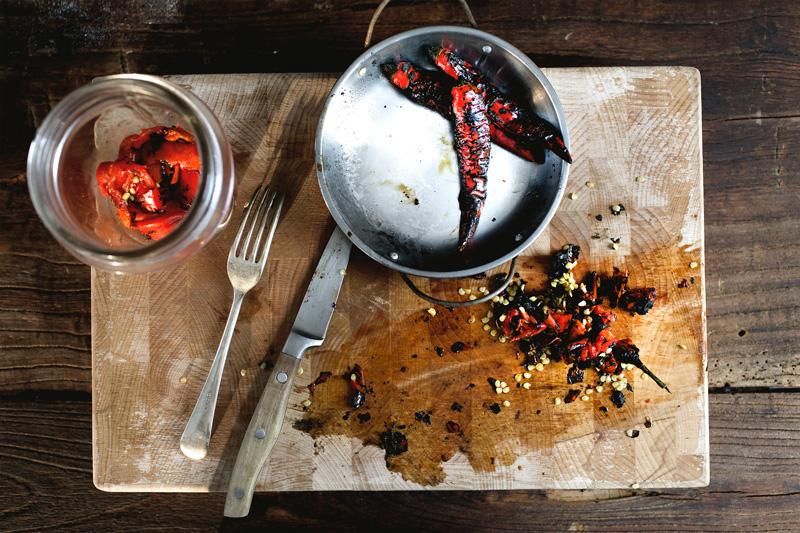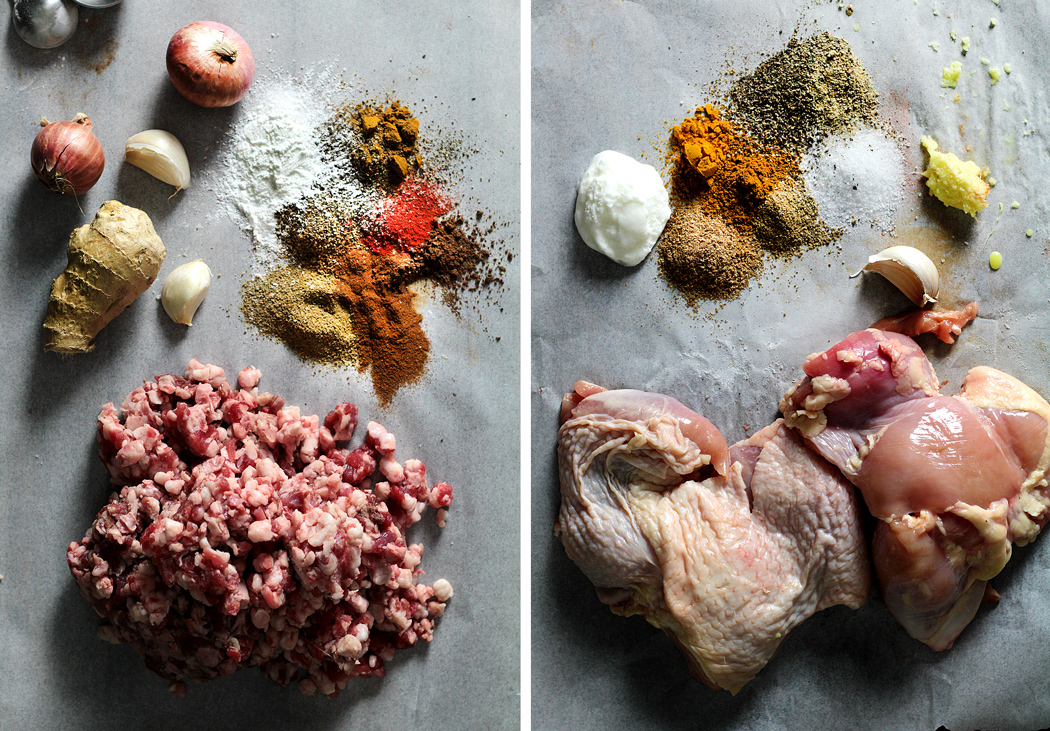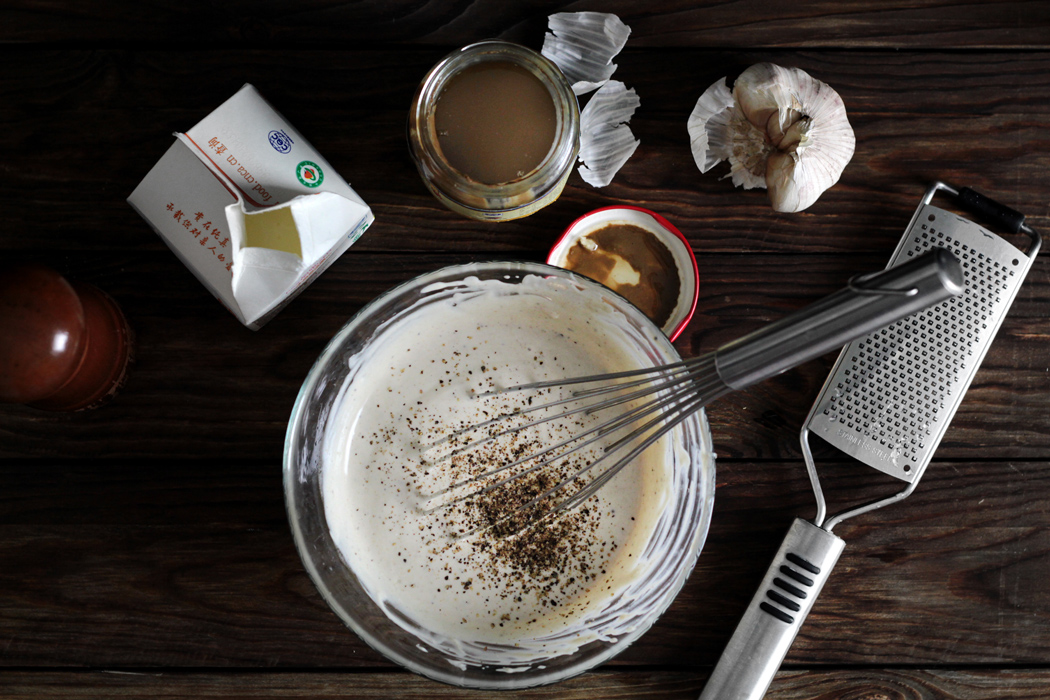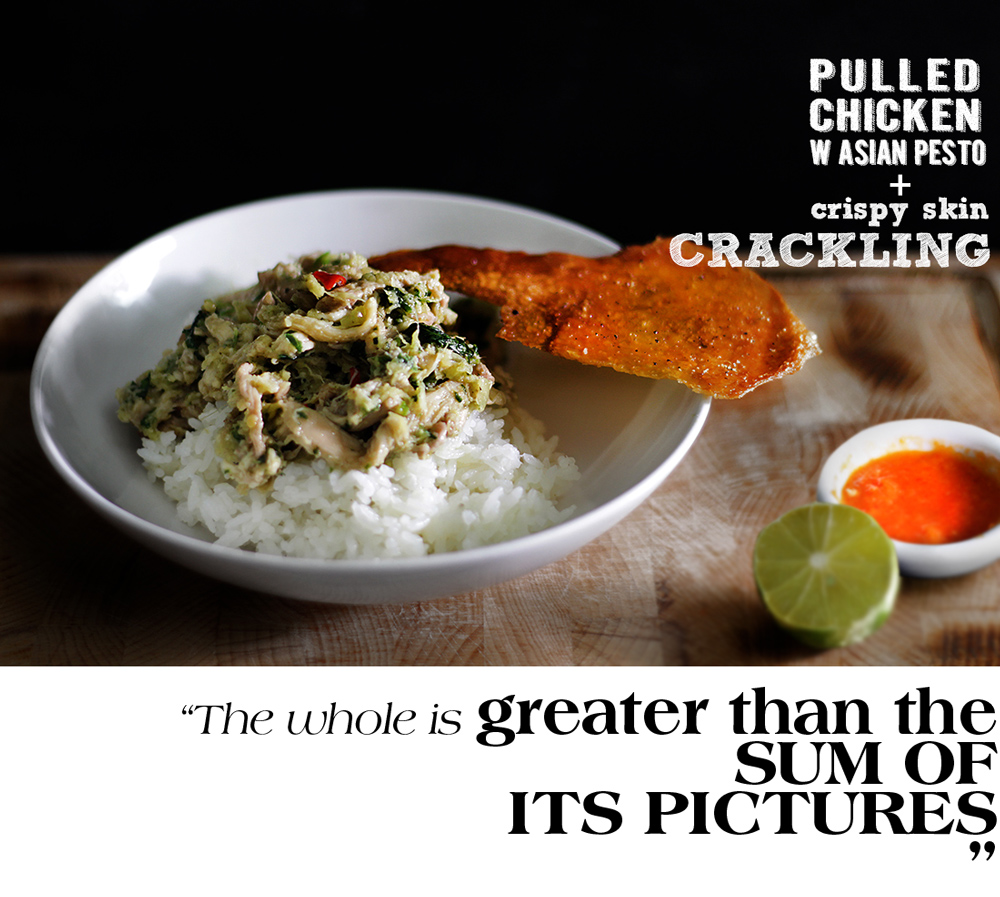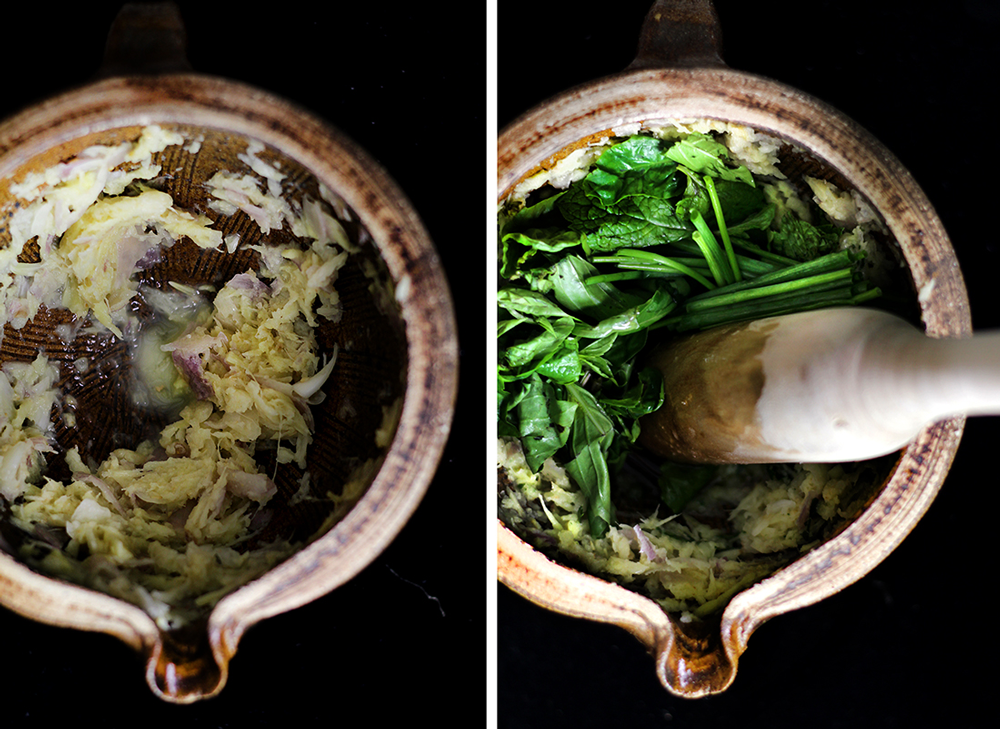In
All recipes, Condiments, Vegatables
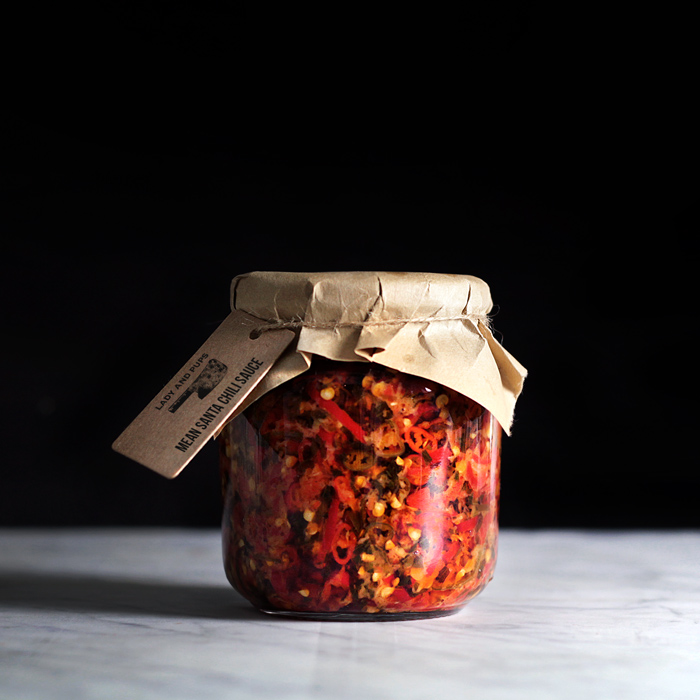
THIS, this is my favourite chili sauce yet. And that’s saying a lot.
One of the perks about growing up from an Asian background is that, pretty much since birth, most of us have been prepped in a semi-military-style training to resist torture and pain… that’s inflicted onto our taste-buds. We’ve been conditioned to be susceptible, embracive even, to all forms and types of heat-source applied through all kinds of torture devices, that it will take a Jack Bauer to break our affiliation with the red terror.
In fact, we’ve grown so twisted in our relationship with such sensory violence, we search for it even when it isn’t given. It’s almost guaranteed that at every food-serving locations, there would be some kind of hurt-yourself-if-you’d-like chili condiments available upon request, and you’re damn right we smother it onto just about anything until the subject bleeds red and begs for mercy, or wait, is that just the screams of my own consciousness? Why do we do this to ourselves? Because we know that there’s no gain without pain, and even a candy, sooner or later, needs to learn how to be a man.
” ONCE YOU’VE DEVELOPED
AN INTIMATE RELATIONSHIP,
INTRODUCE HIM TO
YOUR BREAKFAST EGGS “
Naturally, this type of die-hard environment breeds a certain level of snobbery. If there has been any doubt on how we perceive our paler friends from the west when it comes to cooking and bottling heat, even though this is clearly not a competition, I’d like to end all speculation by saying… we win. You see it’s not just about the heat and murdering brain cells, but about the flavour as well. Whereas most North American brand hot sauces are vinegar based – some of which I have no doubt, is adequately hurtful – with little difference between them except for intimidatingly named chilis as ingredients, the world of Asian chili sauce (or Chinese ones alone) is a kaleidoscope of varieties. And instead of pureed and in liquid-form, they are mostly oil-based with chunky textures, striking almost as a… side-dish. Because for us, the red terror is not to be gingerly dabbed. Dabbing is for baby-buttocks. When we want to eat our chilis, we want to eat our chilis.

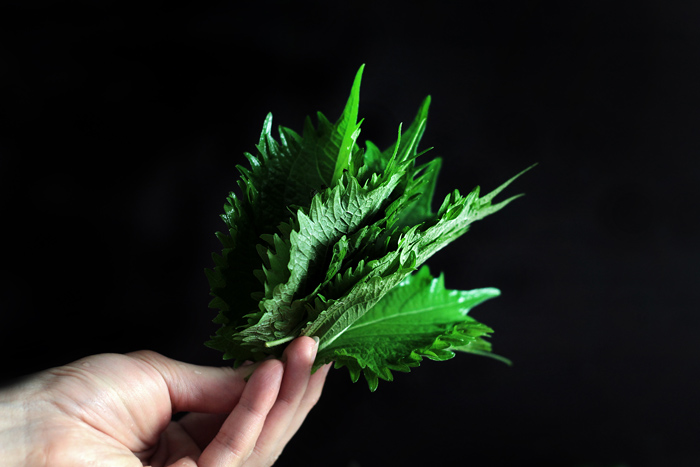
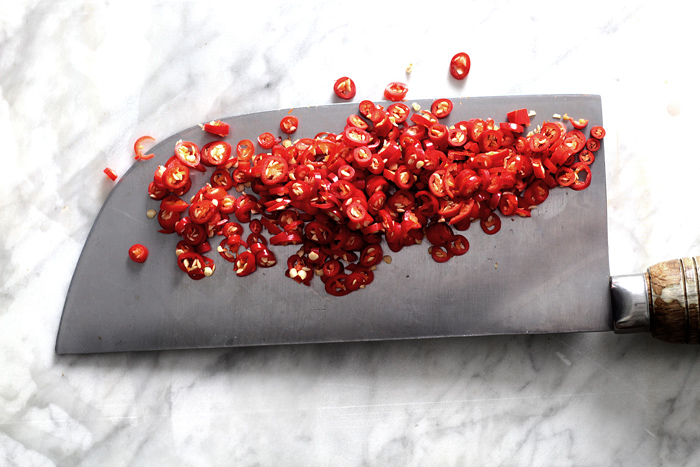
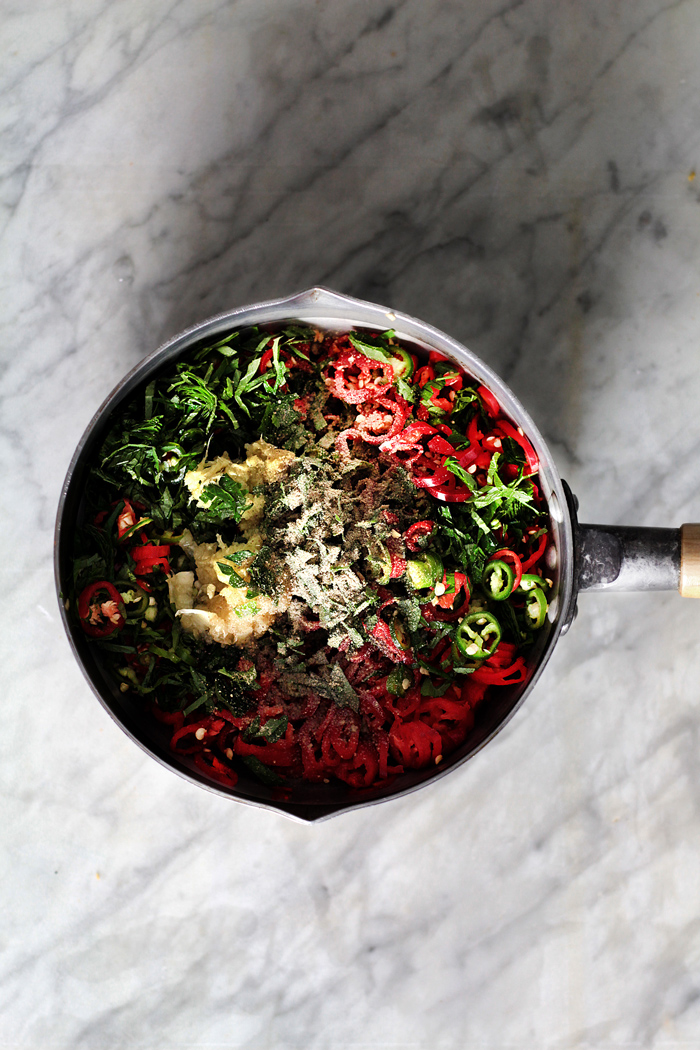
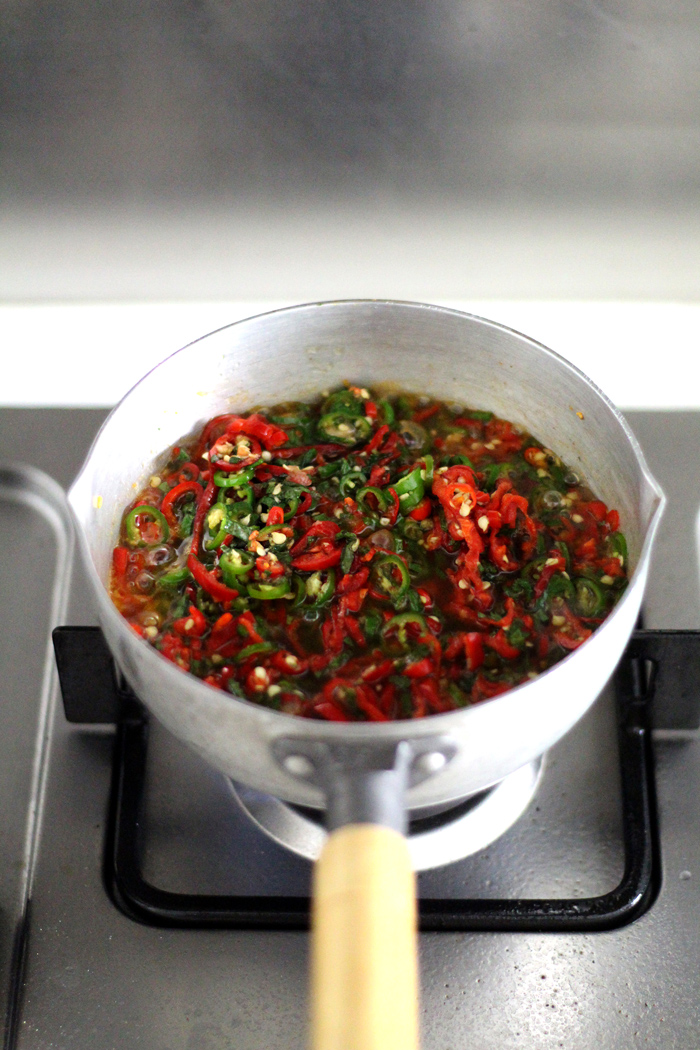
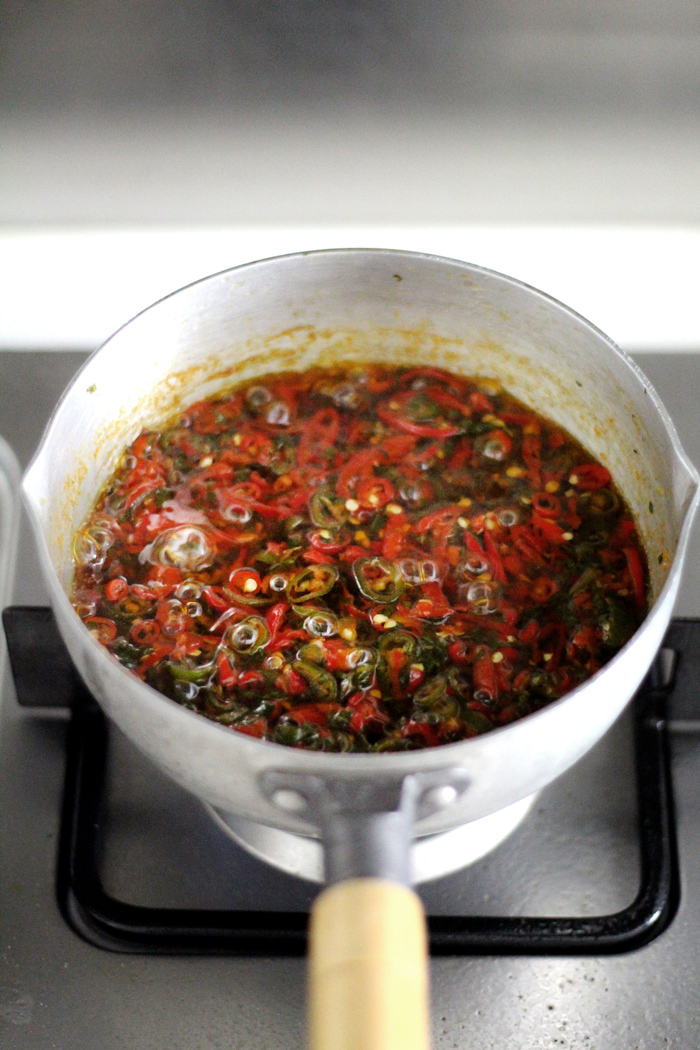
So I hope I’ve made myself clear. Throughout a life swimming in a red sea of hurt, it’s saying a lot for me to name a “favourite”, but I believe I’ve found one, so far at least, and I’m calling it, or him… The Mean Santa. Why? Because the ingredients are a vibrant combination of red → as in red chilis of course, and green → as in green chilis but more importantly, a giant stack of shiso leaves which give him a subtle, background fragrance. But even more importantly, why is he my favourite? Because he’s not just a spicy mean asshole, but he’s got flavours… substance… and depth, that make him so painfully loveable. And despite of the suspiciously Asian-central ingredients (ginger, fish sauce… shiso), he is a fairly universal condiments that will make just about anything east or west, shall we say, not boring.
Hey, this is not a theory untested.
In the span of the last couple of weeks, The Mean Santa has scorched through my soft parts in company with just about anything except for the kitchen sink. He will bear gifts to any grilled meat or seafood that you have prepared for the grilling season (chicken… duck… hanger steak… Heck, I’ve even spooned it over half-shell oysters and grilled them). He will even turn any deadbeat, socially unexciting grilled vegetable into early Christmas, or a bland summer tomato sauce… a bowl of lonely noodle… a box of left0ver rice… ANYTHING! Oatmeal. Yes! Oatmeal! And once you’ve developed an intimate-enough relationship, you introduce him to your breakfast eggs. Then together, you shall live happily ever after.
Spend a little time for your chili sauce. It will hurt you good.
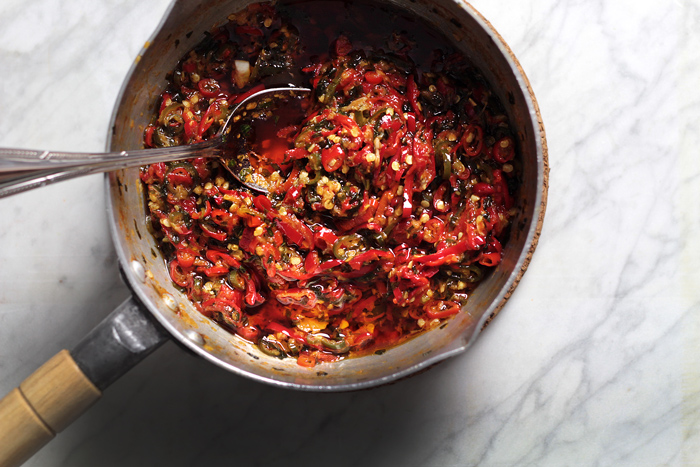
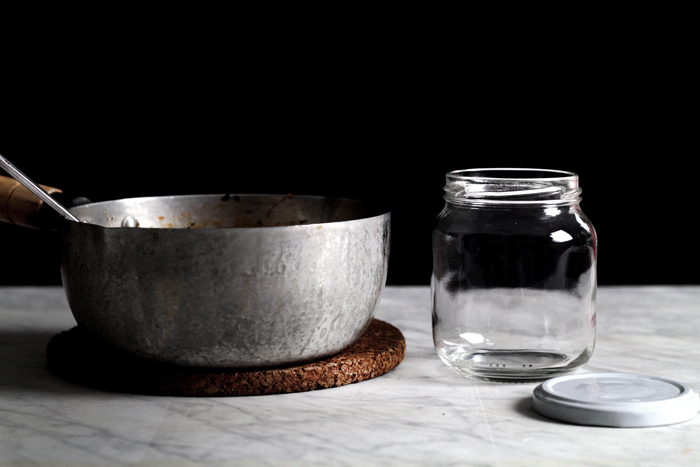

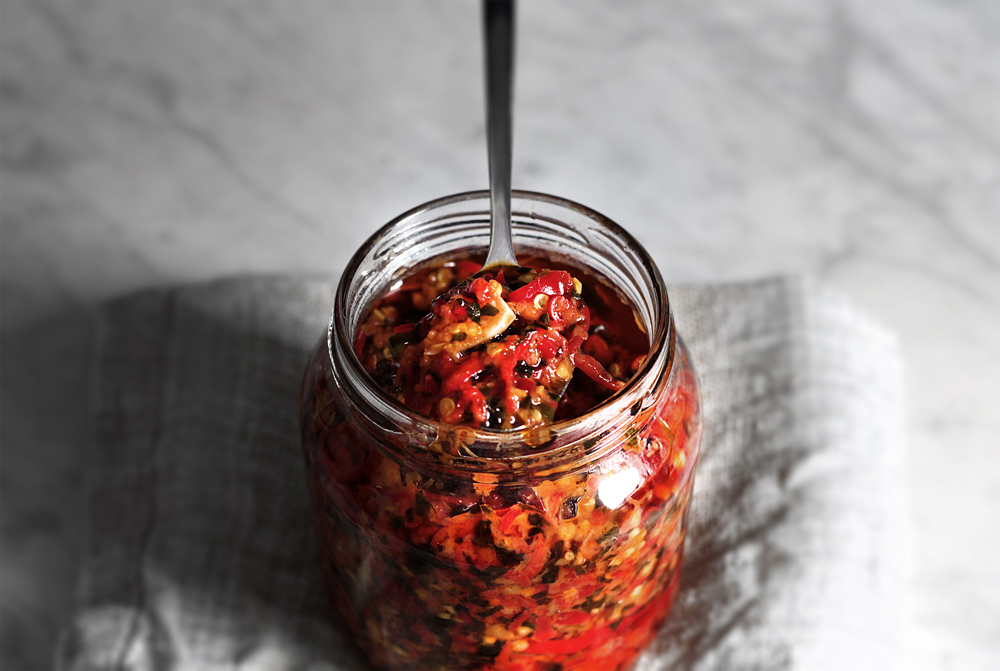
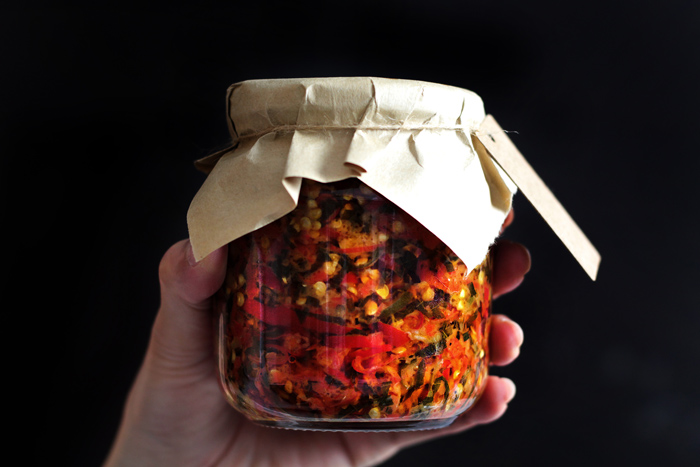
Makes: approx 2 cups
The sauce may look universally deadly, but in fact, the spiciness can be easily adjusted by changing the ratio between large long red chilis (vibrant color and mildly spicy), long green chilis (fragrant and medium-spicy) and small Asian red chilis (really, really spicy). The ratio I have used in this recipe will yield the perfect, “intermediate level” spiciness. Then again, even the same types of chili can sometimes vary in heat-level, so you should judge it by the chili you’re used to.
Small Asian chili is, I think, pretty common in supermarkets nowadays. But if you have difficulty finding large long red chili, or long green chili, try substituting with red/green jalapeño. Since the sizes of chilis come very different all the time (the large long red chili I used this time was ginormous), I would strongly recommend weighting the ingredients. If you can’t find shiso leaves, you can still make the recipe without, and it’ll still be fabulous.
Ingredients: (chilis are weighted after stems removed)
- 5.6 oz (160 grams) Large long red chili
- 2.1 oz (60 grams) of long green chili
- 1.2 oz (33 grams, or about 15) of small Asian red chili
- 0.6 oz (18 grams, or 20) shiso leaves, finely chopped
- 5 cloves of garlic, grated then divided in 1/2
- 1 tbsp of grated ginger, divided in 1/2
- 1/2 cup (104 grams) of canola oil
- 3 tbsp of fish sauce
- 1/2 tsp of ground white pepper
- 1/2 tsp of sugar
- 1/4 tsp of rice vinegar
Wash the chilis then finely dice all of them. Add all the chilis, finely chopped shiso leaves, 1/2 the amount of grated garlic, 1/2 tbsp of grated ginger, canola oil, fish sauce and ground white pepper in a sauce pot. Cook the mixture over medium to medium-low heat and stir occasionally. At first, liquid would start to emit from the chilis, then it would start to evaporate. Continue to cook for 10 min until there is no visible liquid left, then continue to cook for another 3 ~ 4 min to extract more liquid from the chili without turning them into mush. The mixture should have reduced in size and the chilis should be soft. Turn off the heat, then stir in the other 1/2 amount of grated garlic and grated ginger, sugar and rice vinegar.
Let the sauce cool completely then transfer to an air-tight container. Let it sit for at least a few hours to another day to develop flavour. It will keep inside the fridge for up to 2 weeks.
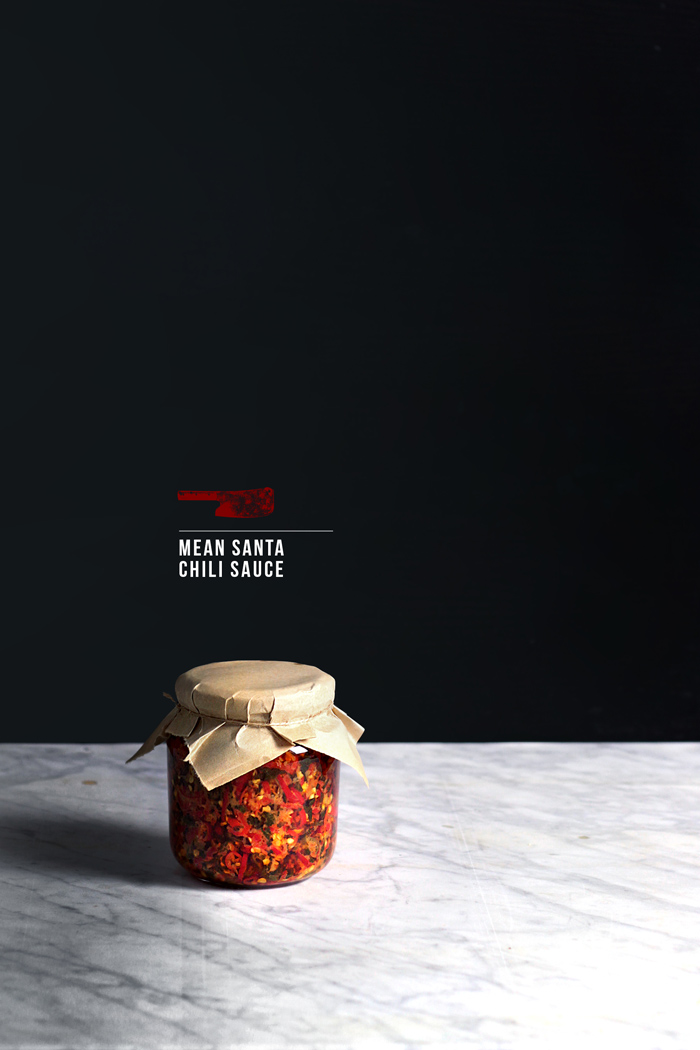
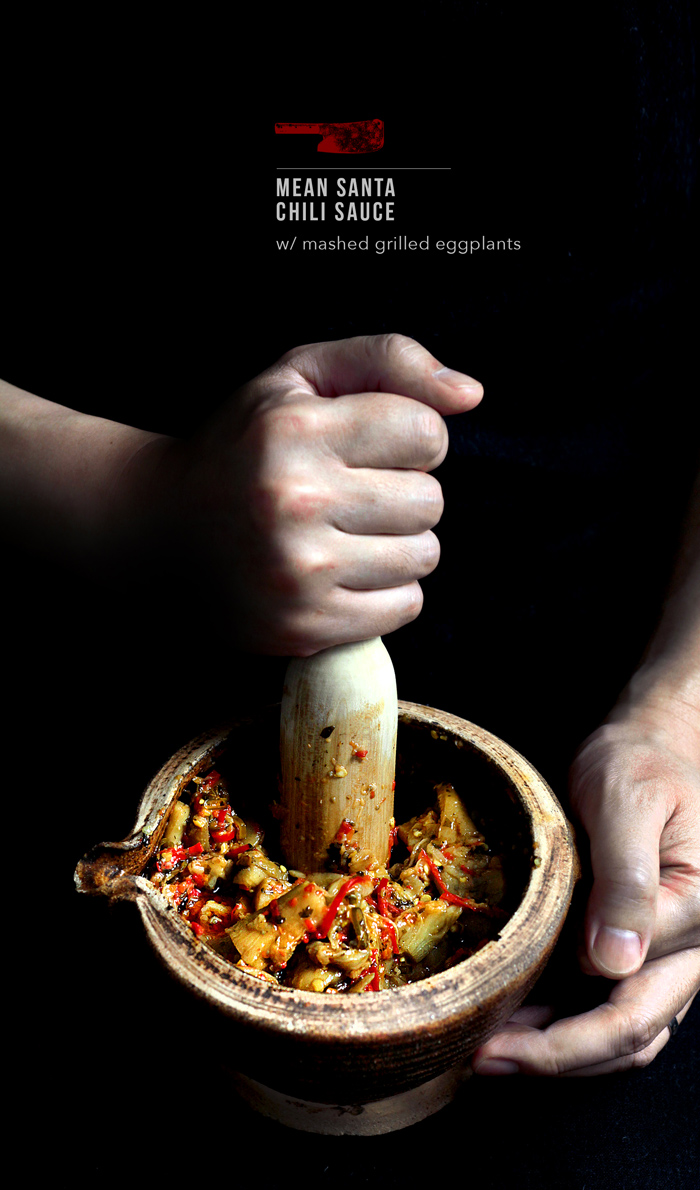
Mashed grilled eggplants w/ Mean Santa:
- 2 Asian long eggplants
- 1/2 cup of Mean Santa chili sauce, or more to adjust
- 1/2 tsp of ground sichuan peppercorn
- Soy sauce to taste
Preheat the top-broiler on high. Peel the eggplants and cut into quarters length-wise. Rub with a little bit of olive oil and grill a few inches under the broiler until partially browned and soft. Remove from the oven and cut into short segments, then transfer to a mortar. Add the Mean Santa chili sauce and ground sichuan pepper, then mash until evenly broken up and incorporated. Taste and season with soy sauce for saltiness. Let sit for 10 to 20 minutes before serving.
Continue Reading


